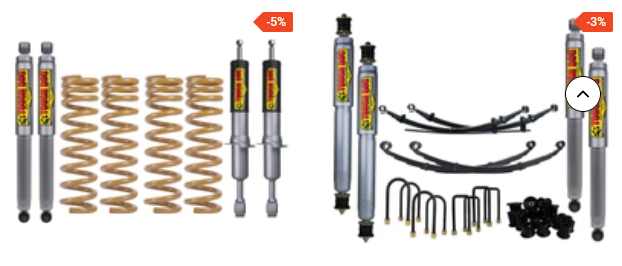
The Evolution of Modern Technology in Filmmaking
Introduction:
Filmmaking has always been intertwined with technology, and the advancements in technology have significantly influenced the art and craft of creating movies. From the early days of film to the present, technology has played a vital role in enhancing storytelling and pushing the boundaries of visual effects. In this article, Dylan sidoo explores the important role of modern technology in filmmaking.
Technology’s Historical Connection to Filmmaking:
Film itself is a technology, with the medium comprising light-sensitive chemicals that create images when exposed to light. This chemical process forms the foundation of capturing motion pictures and has been used for storytelling since the inception of cinema. Over time, technological advancements have facilitated the transition from analog film to digital formats, offering filmmakers more flexibility, efficiency, and creative possibilities.
Technological Advancements in Special Effects:
Special effects have been an integral part of filmmaking since its early days. Technological innovations have revolutionized the field, enabling filmmakers to create realistic and awe-inspiring visual illusions. From stop-motion animation to computer-generated imagery (CGI), advancements in technology have allowed filmmakers to bring extraordinary creatures, environments, and events to life on the silver screen. Miniatures, puppetry, and prosthetics makeup have also been employed to create captivating special effects that captivate audiences.
The Resurgence of 3D Filmmaking:
While 3D movies gained popularity in the 1950s, they eventually faded as a passing fad. However, modern technology has given rise to a resurgence of 3D filmmaking. With advancements in digital projection and stereoscopic techniques, 3D movies have made a remarkable comeback in recent years. Today, 3D films offer audiences an immersive cinematic experience, appealing to both children and adults alike. The use of 3D technology adds depth and realism to the storytelling, making the visuals more engaging and captivating.
Digital Tools and Post-Production:
The advent of digital technology has significantly transformed post-production processes. Editing, color grading, visual effects, and sound design can now be accomplished with advanced software tools, enabling filmmakers to refine and enhance their vision in ways previously unimaginable. Digital post-production workflows have streamlined the editing process, allowing for greater precision, efficiency, and creative control. Moreover, digital distribution platforms have opened up new avenues for filmmakers to reach global audiences with their work.
Conclusion:
The role of modern technology in filmmaking cannot be overstated. From the earliest days of film to the digital era, technology has been integral to the evolution and advancement of the medium. Through the use of special effects, advancements in 3D filmmaking, and digital tools in post-production, technology has expanded the creative possibilities for filmmakers, allowing them to push the boundaries of visual storytelling. Dylan sidoo As technology continues to evolve, it will undoubtedly shape the future of filmmaking, enabling filmmakers to bring their visions to life in even more innovative and captivating ways.




